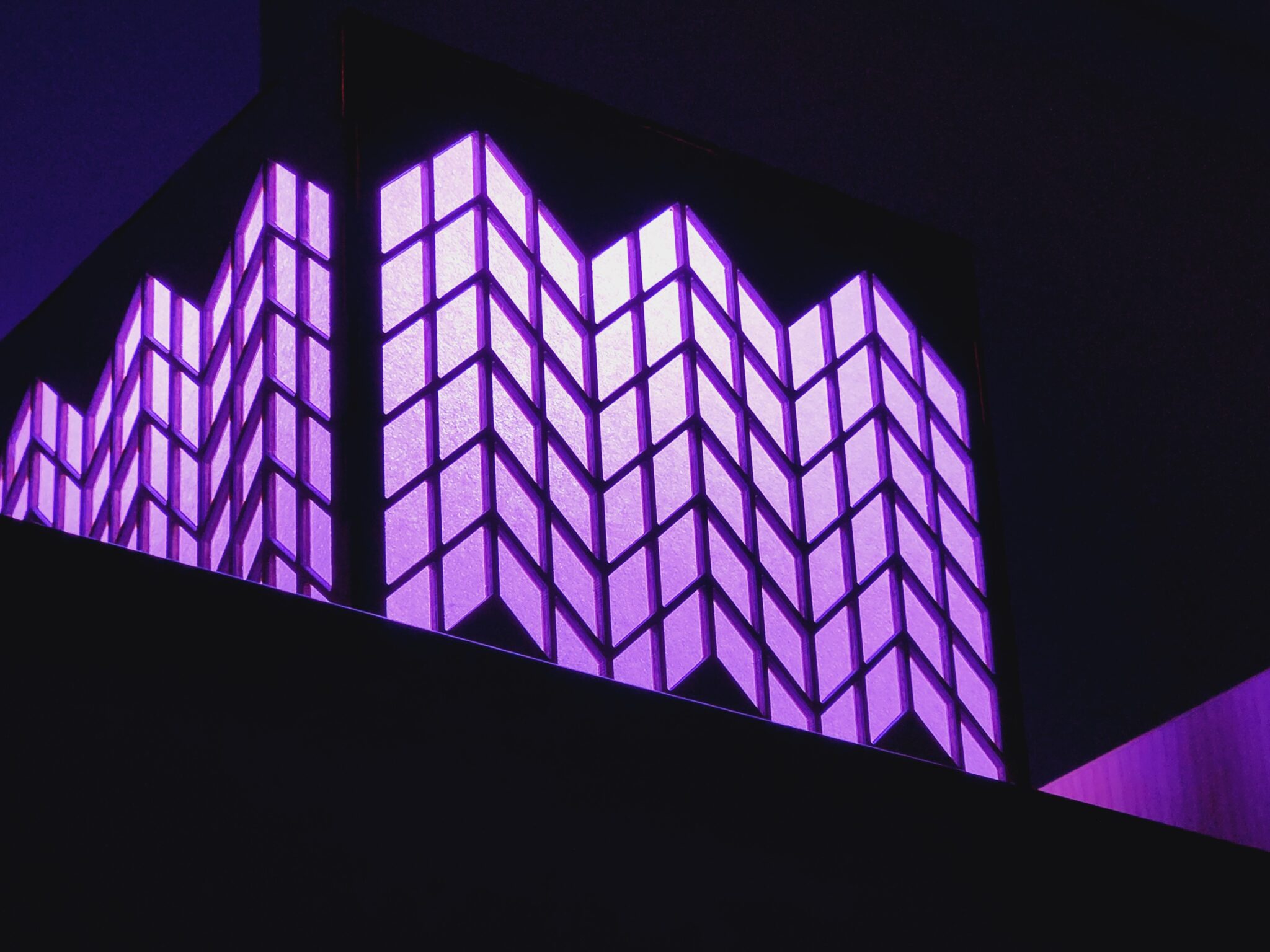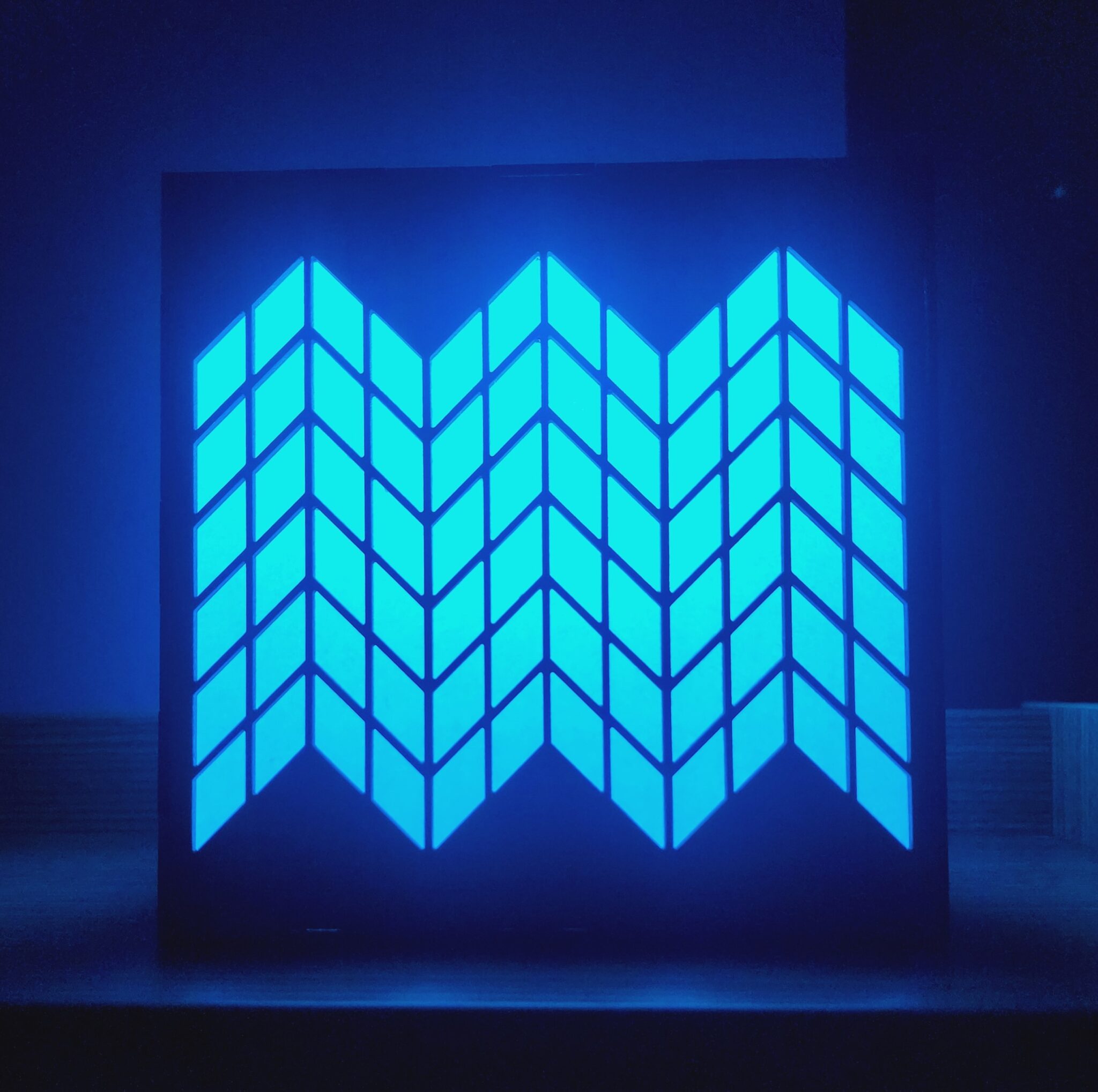Creating a 3D-Printed Parametric Lantern
What it is:
Submission for A&HA-4084 assignment. A geometric lantern.
What I did:
- Design and code two distinct geometric patterns ("Pyramid" and "Meander") for lanterns using visual programming tools (TurtleArt/WebTurtleArt).
- Fabricate lantern components with laser cutting and vinyl cutting.
- Experience with new tools, digital and physical.

Read Full Post Details...
Ancient Pattern One
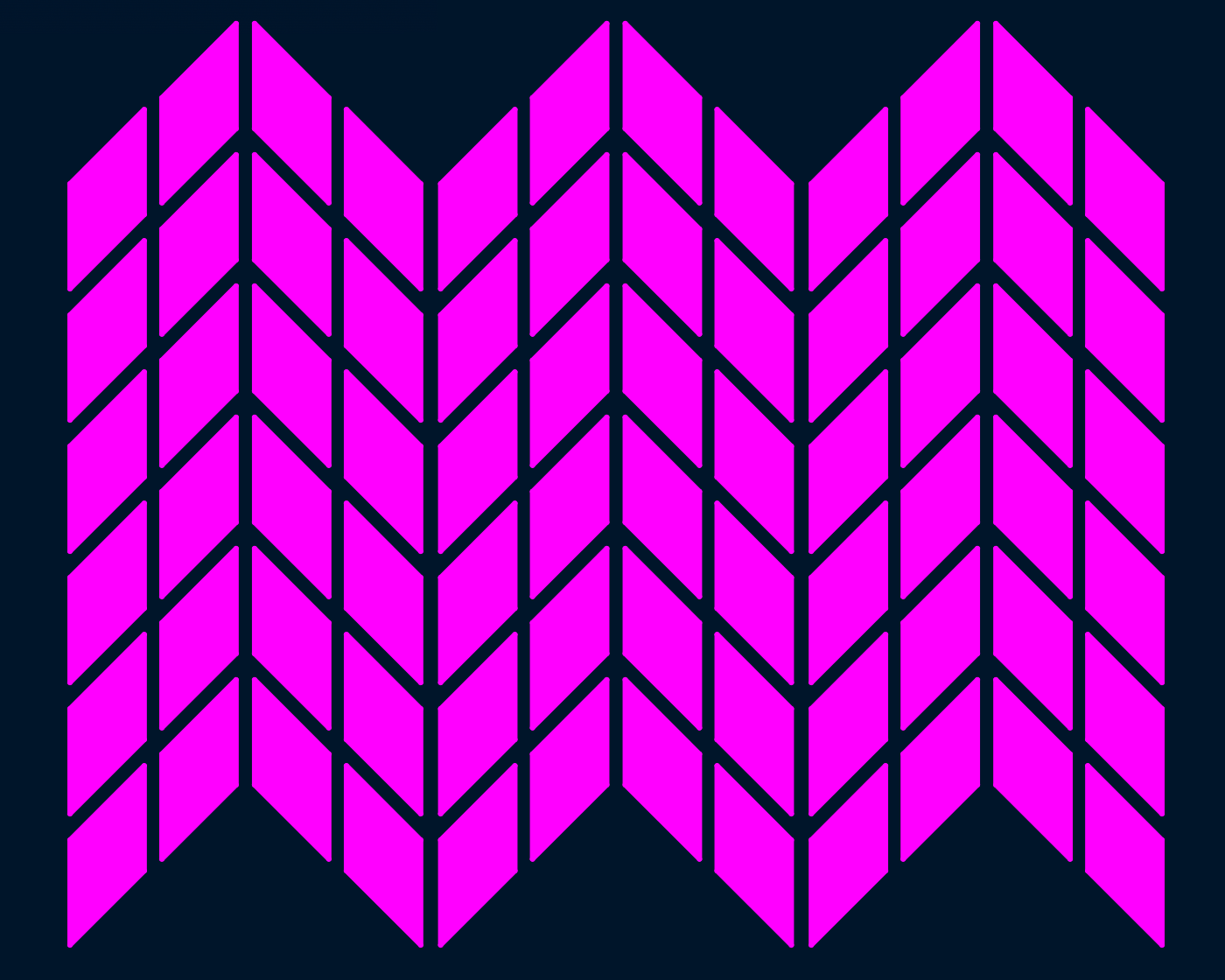
“Pyramid” is inspired by (most famously) Native American zigzag or chevron patterns.
The script starts with a single parallelogram in the bottom left and completes a column up.
The script is variable wherein changing the number of “repeat” shapes per column shortens the overall pattern.
The code uses all three available variables and nine capped sections. I attempted to also control for the size of each parallelogram, but did not test frequently enough, and thus this function does not work. This was a lesson learned – to run the code frequently, perhaps even after each modification.
Examples of Repeat Values
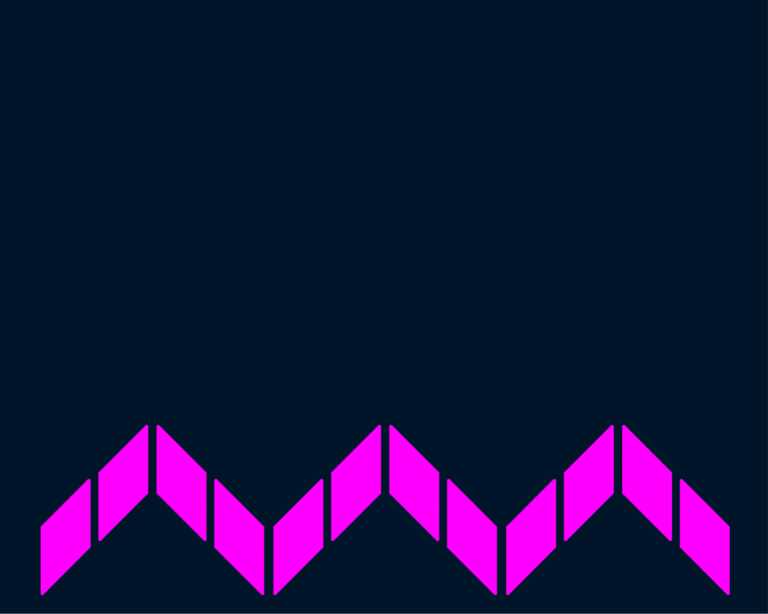
**repeat = 1**
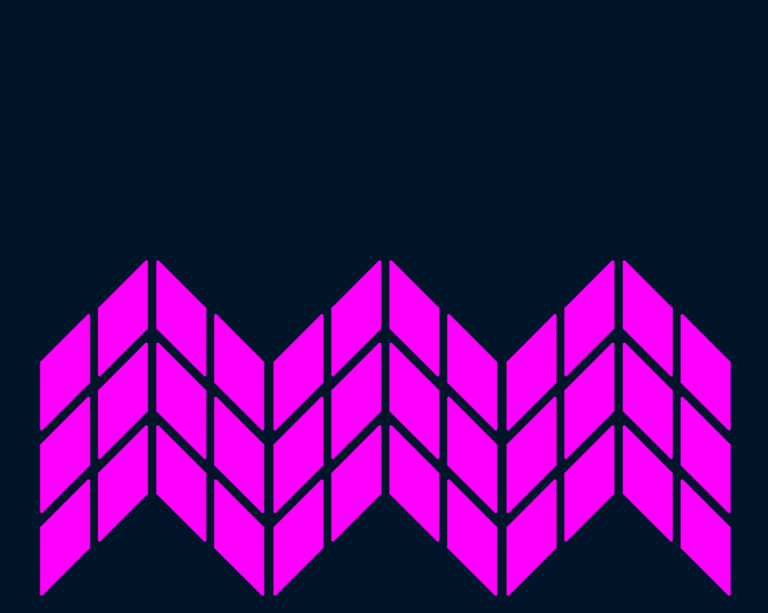
**repeat = 3**

**repeat = 6**
Attempts at Variable Sizes
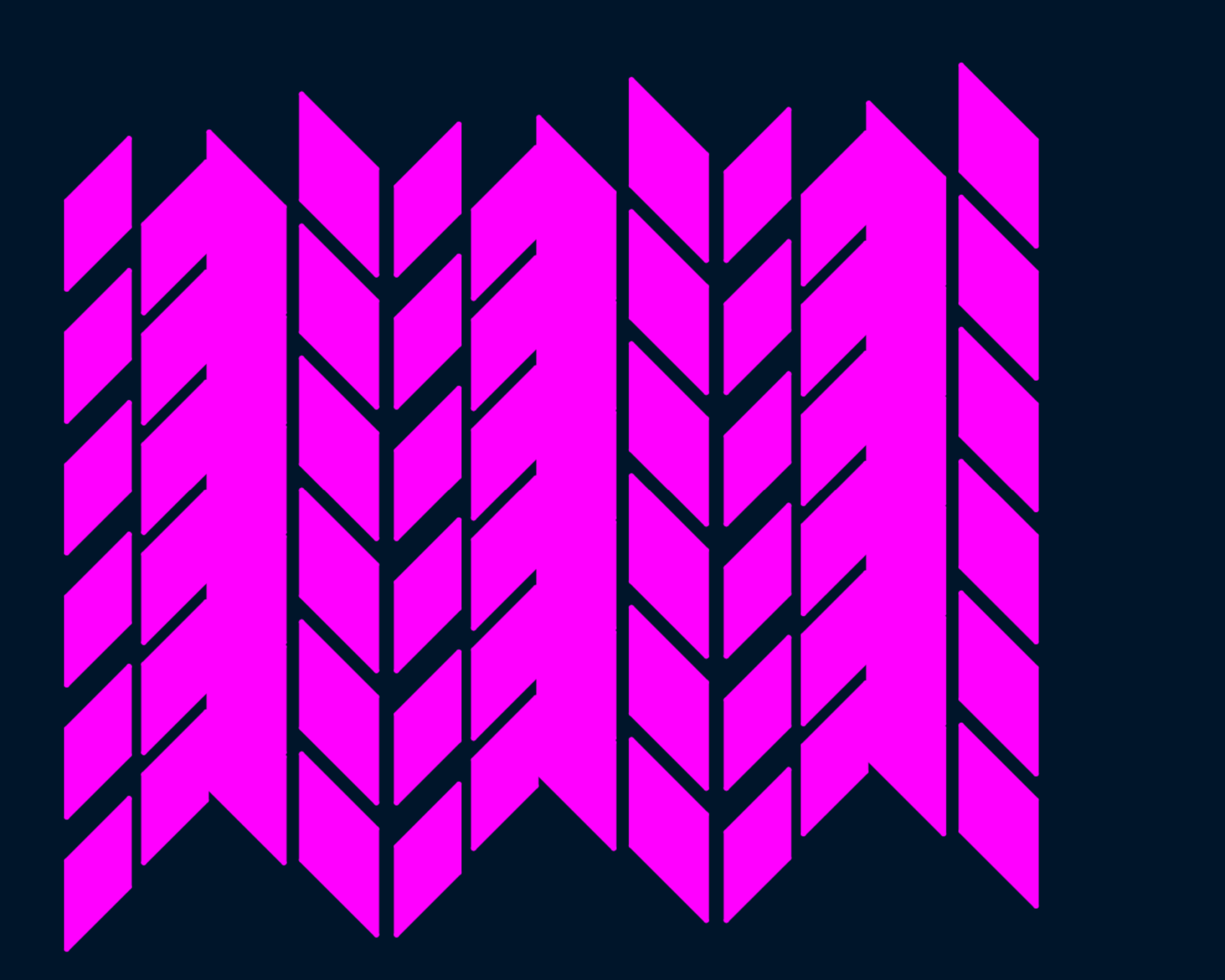
**Attempt at variable size (smaller)**

**side length: 60**
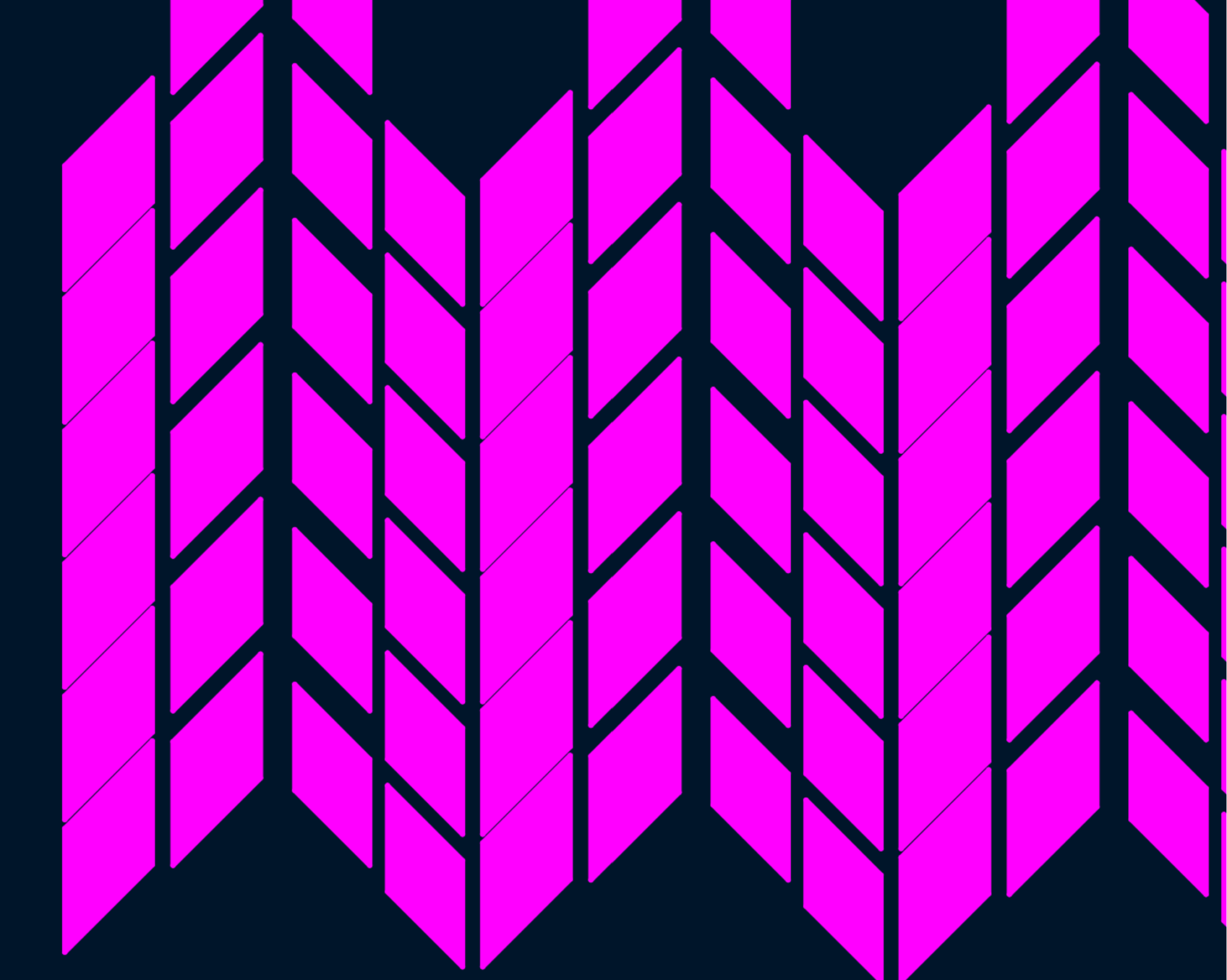
**Attempt at variable size (larger)**
Ancient Pattern Two
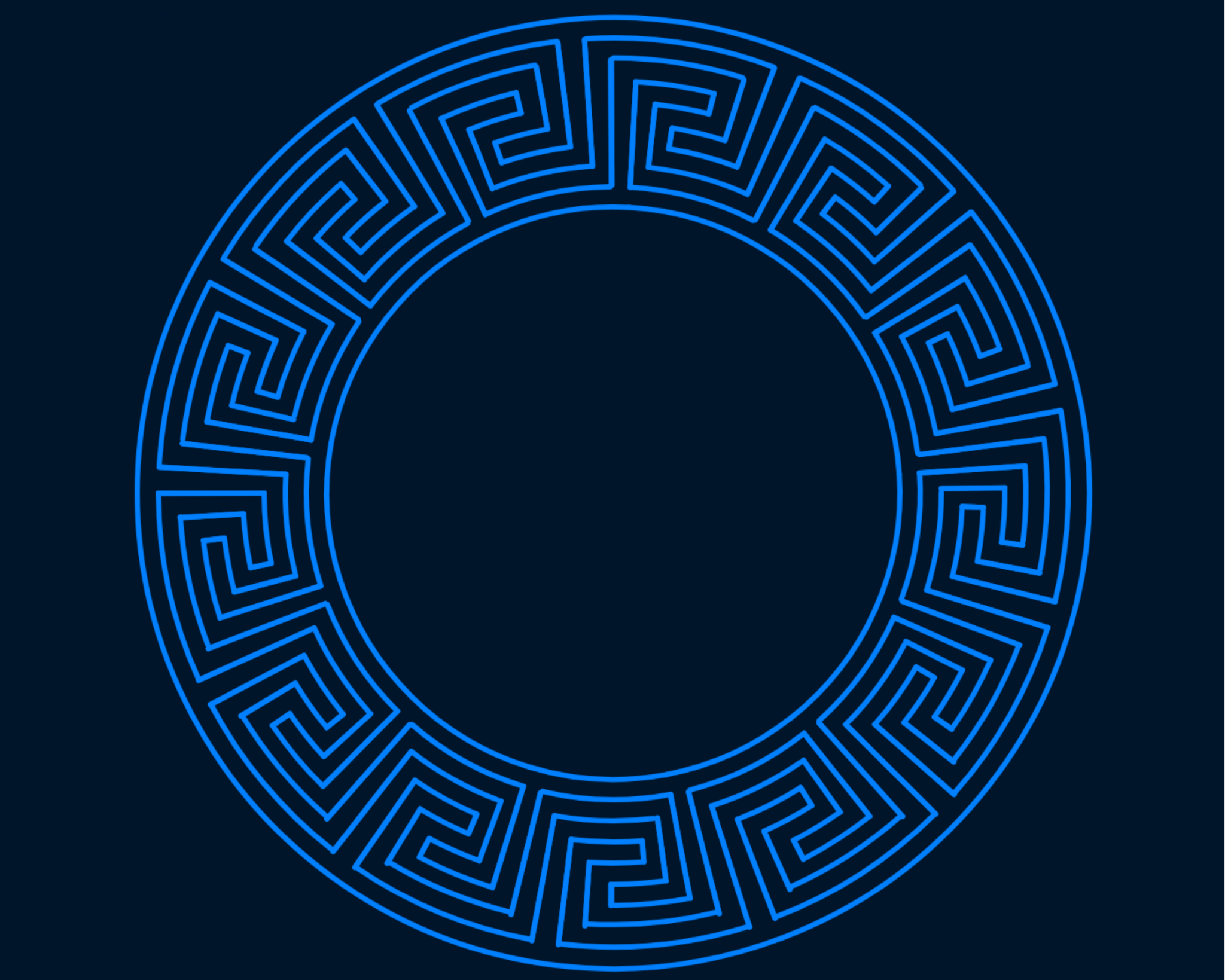
“Meander” is an ancient pattern commonly attributed to ancient Greeks. The pattern is also known as a Greek Key.
In my first attempt, I tried drawing the shape of a single key and repeating the pattern. It became clear that it would be difficult to make a perfectly circular shape. I was set on making the Meander pattern, so I took a new approach.
Working from the outside-in, I found an example pattern and segmented the design into 9 layers, and traced each line with a black pencil after completing the line in WebTurtleArt.
Additional Images
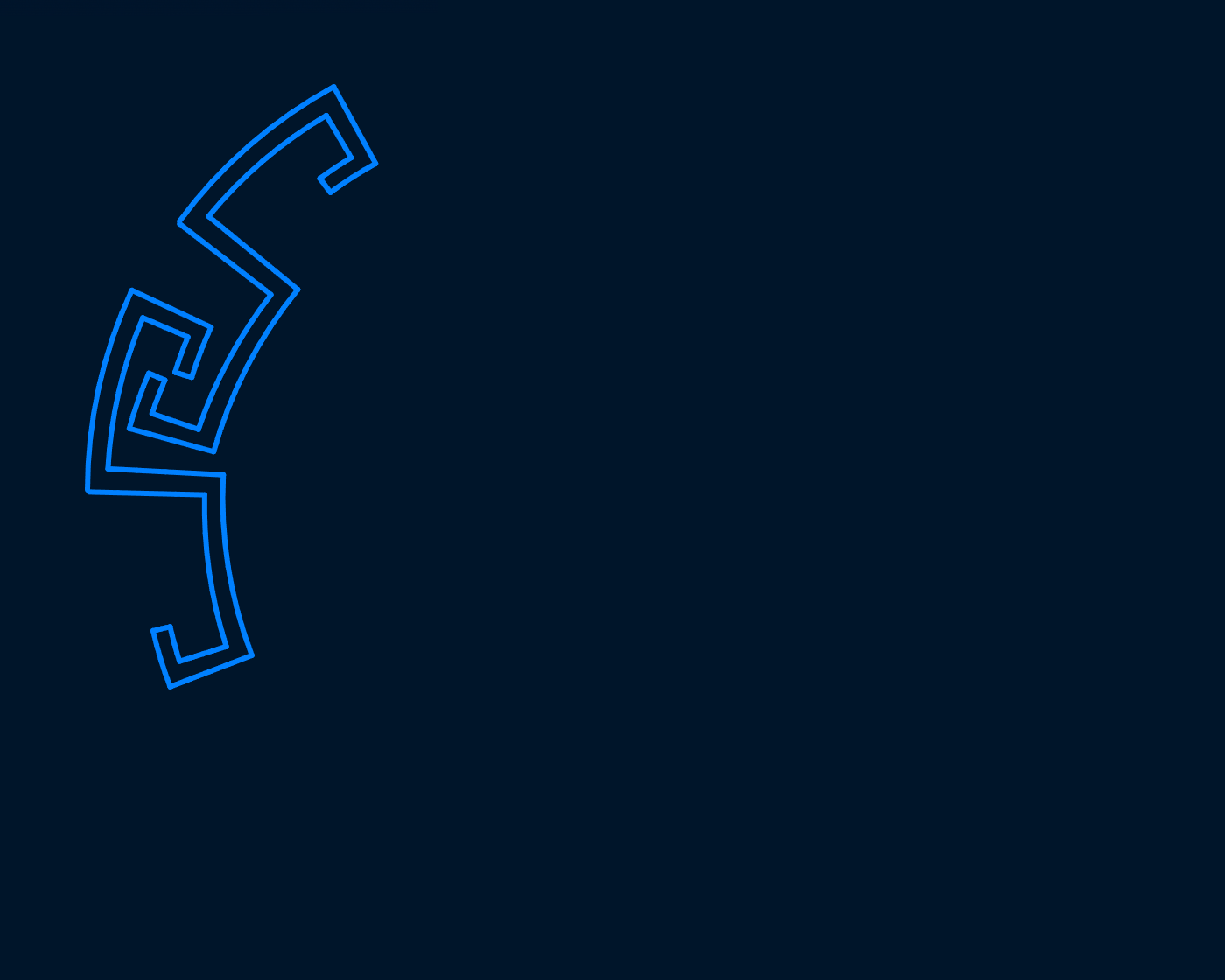
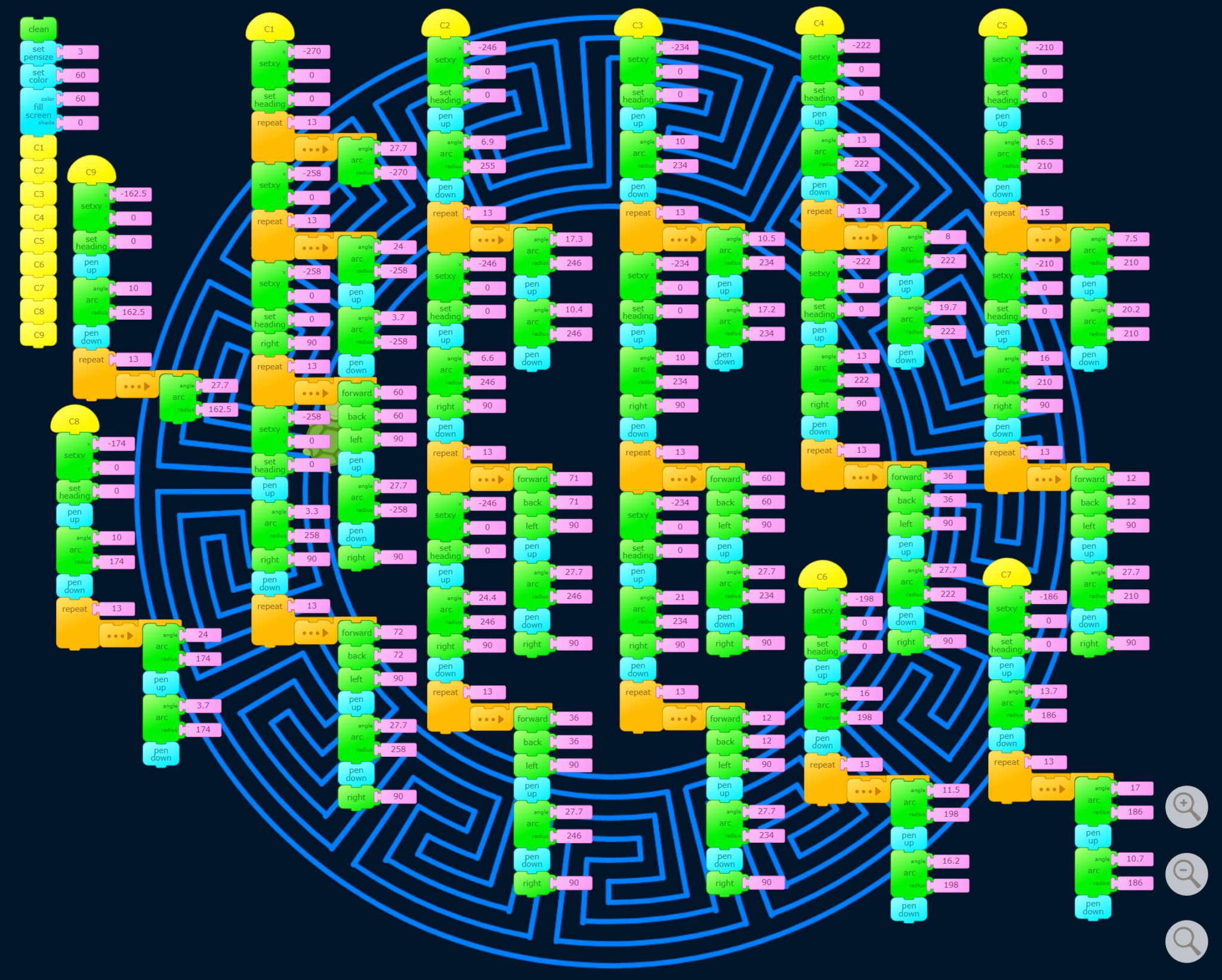

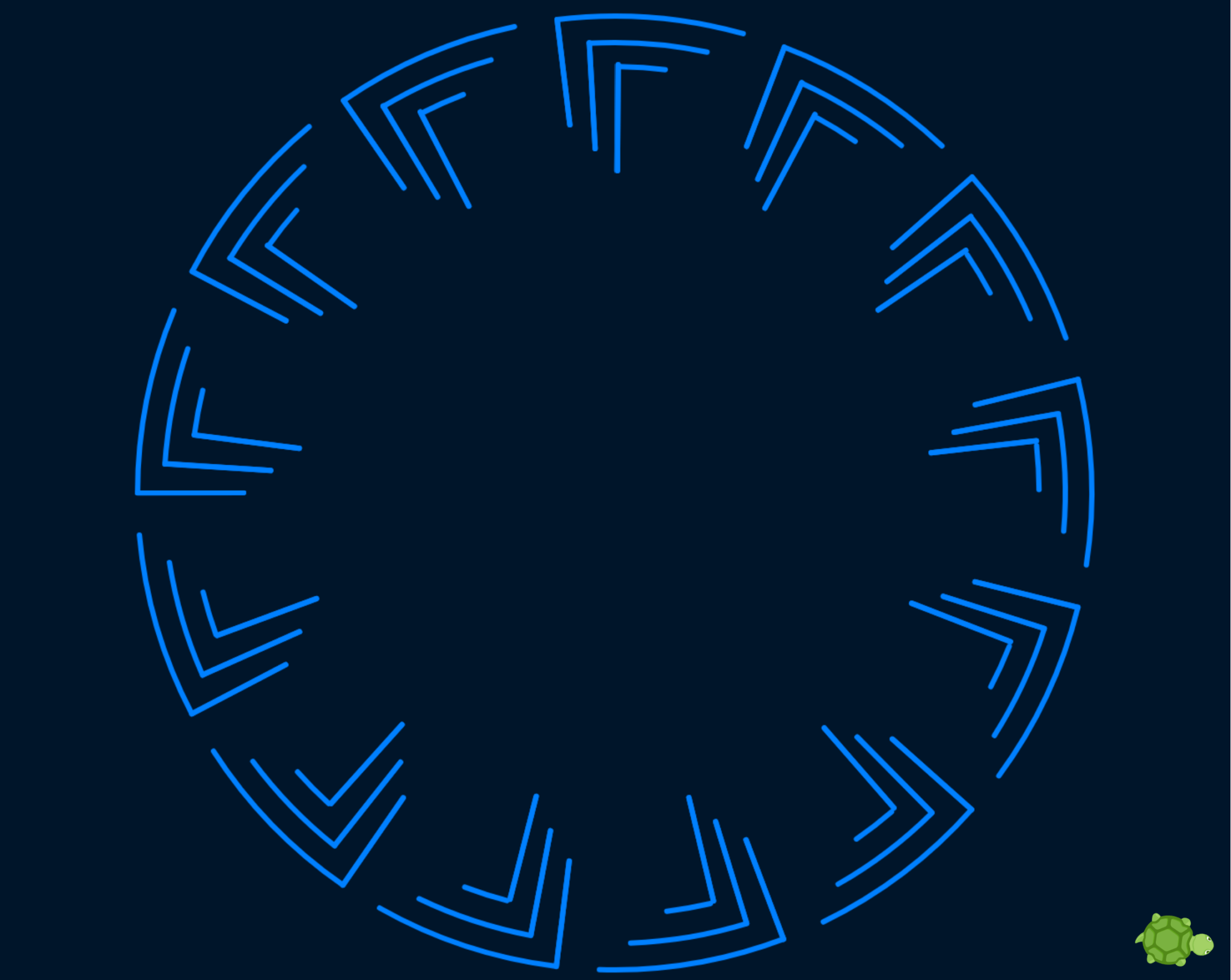
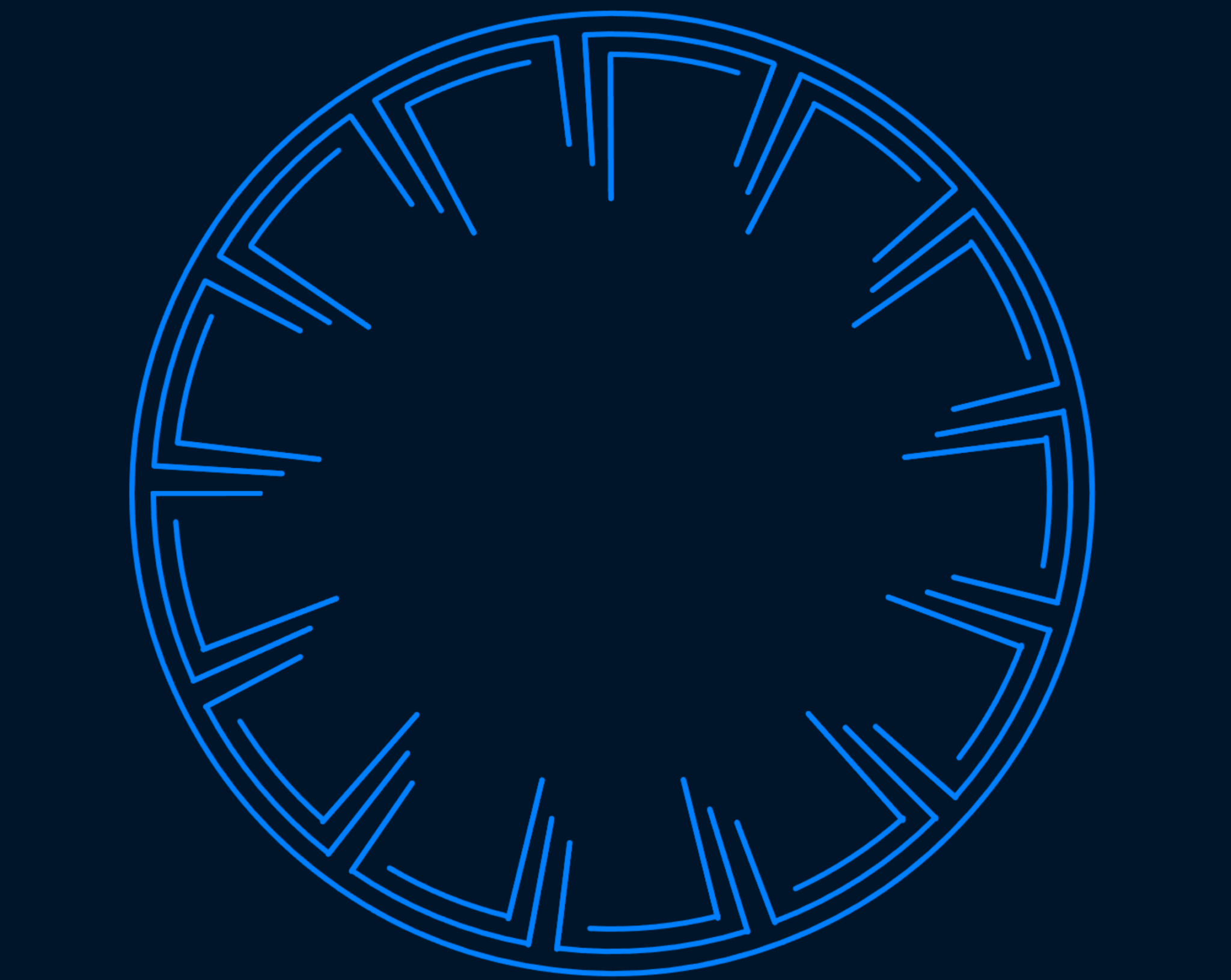
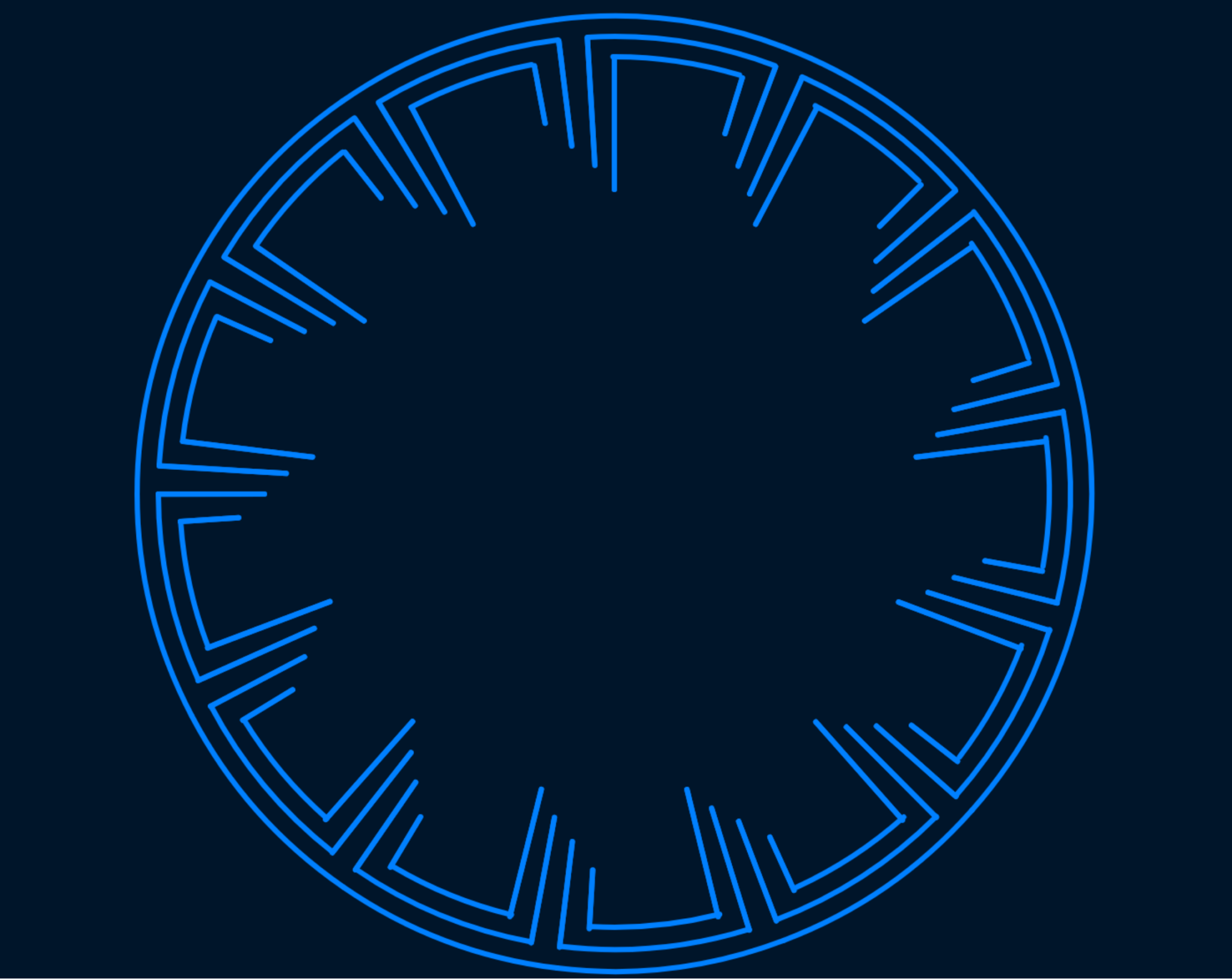
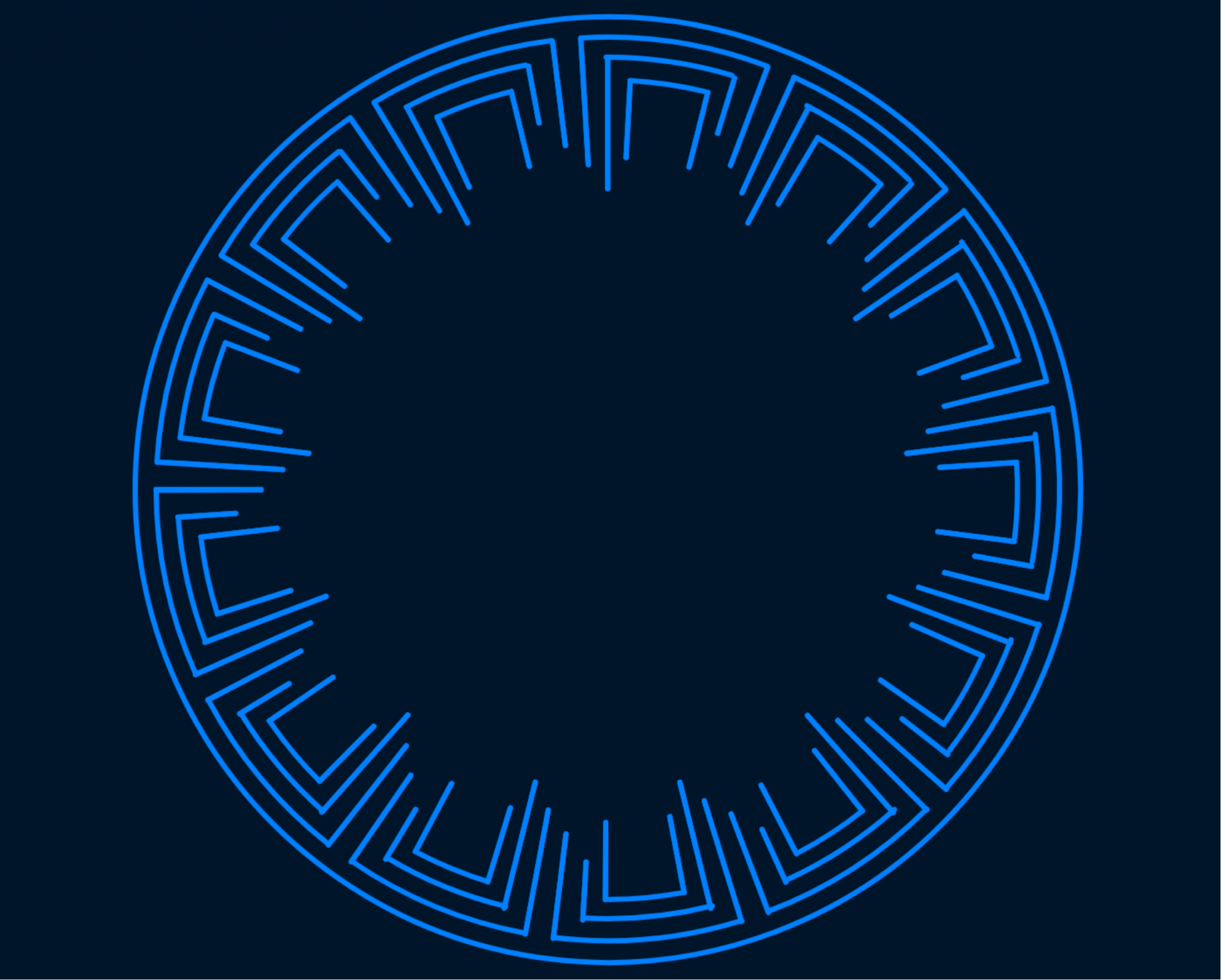
Assembly
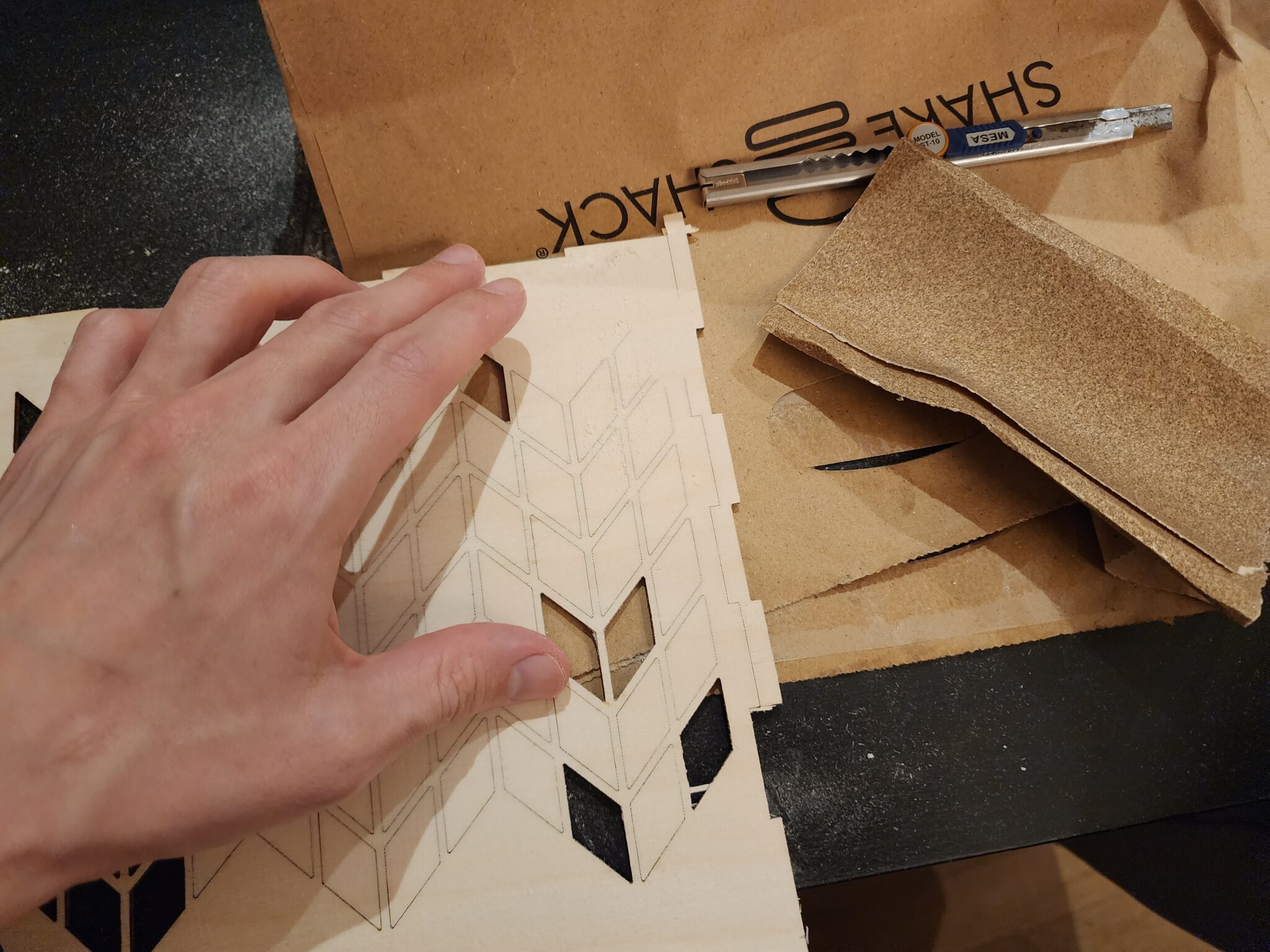
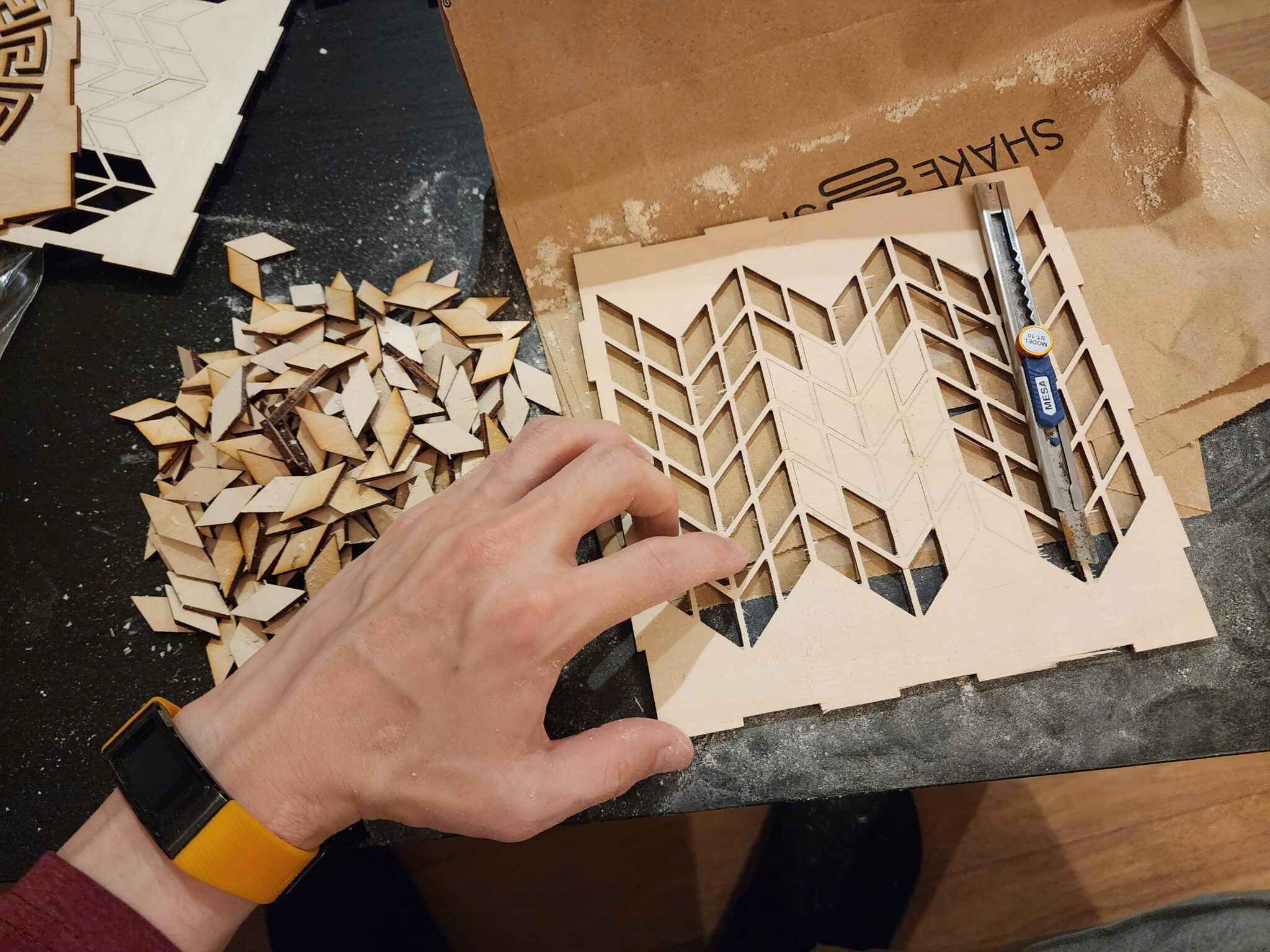
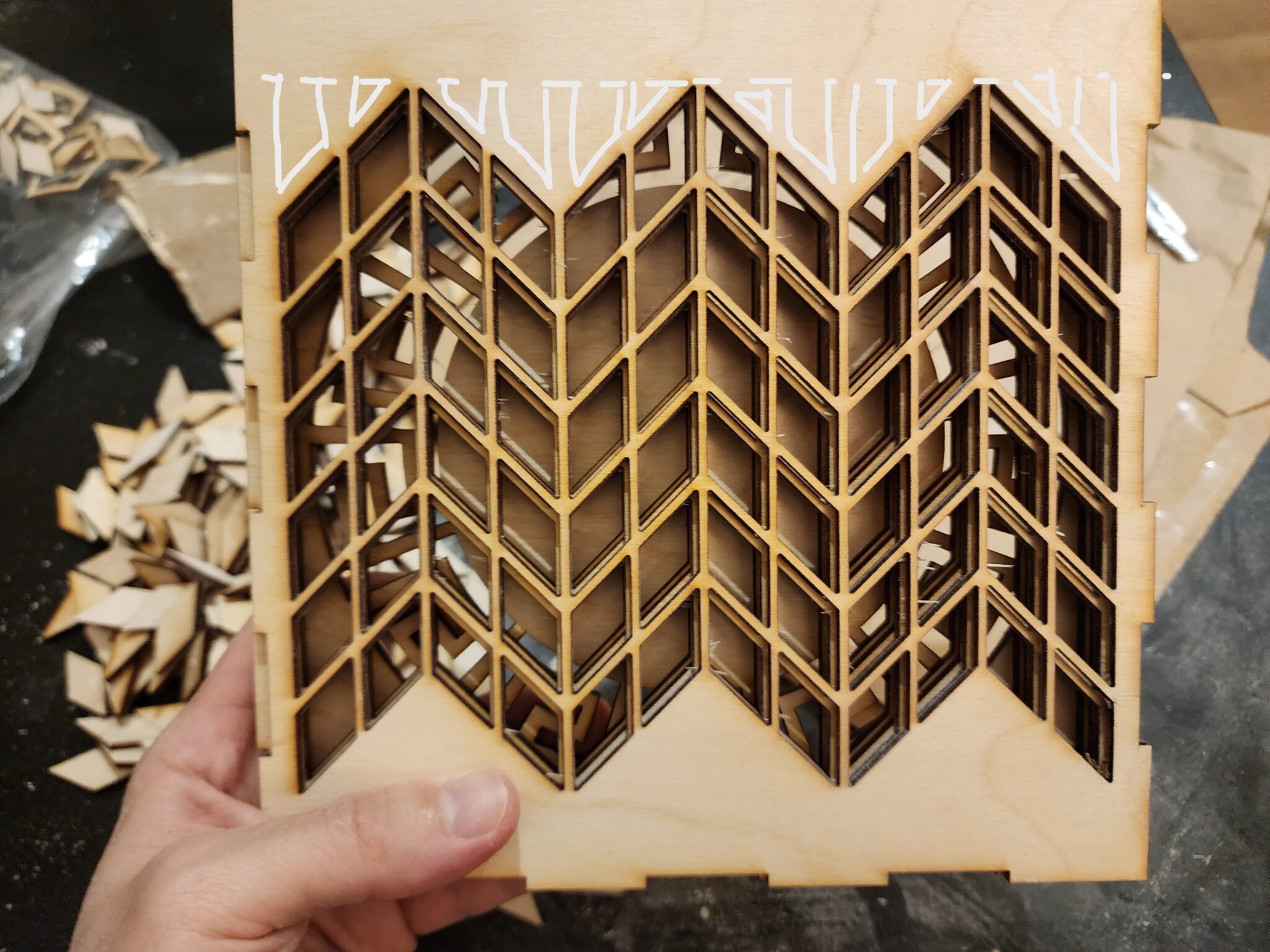

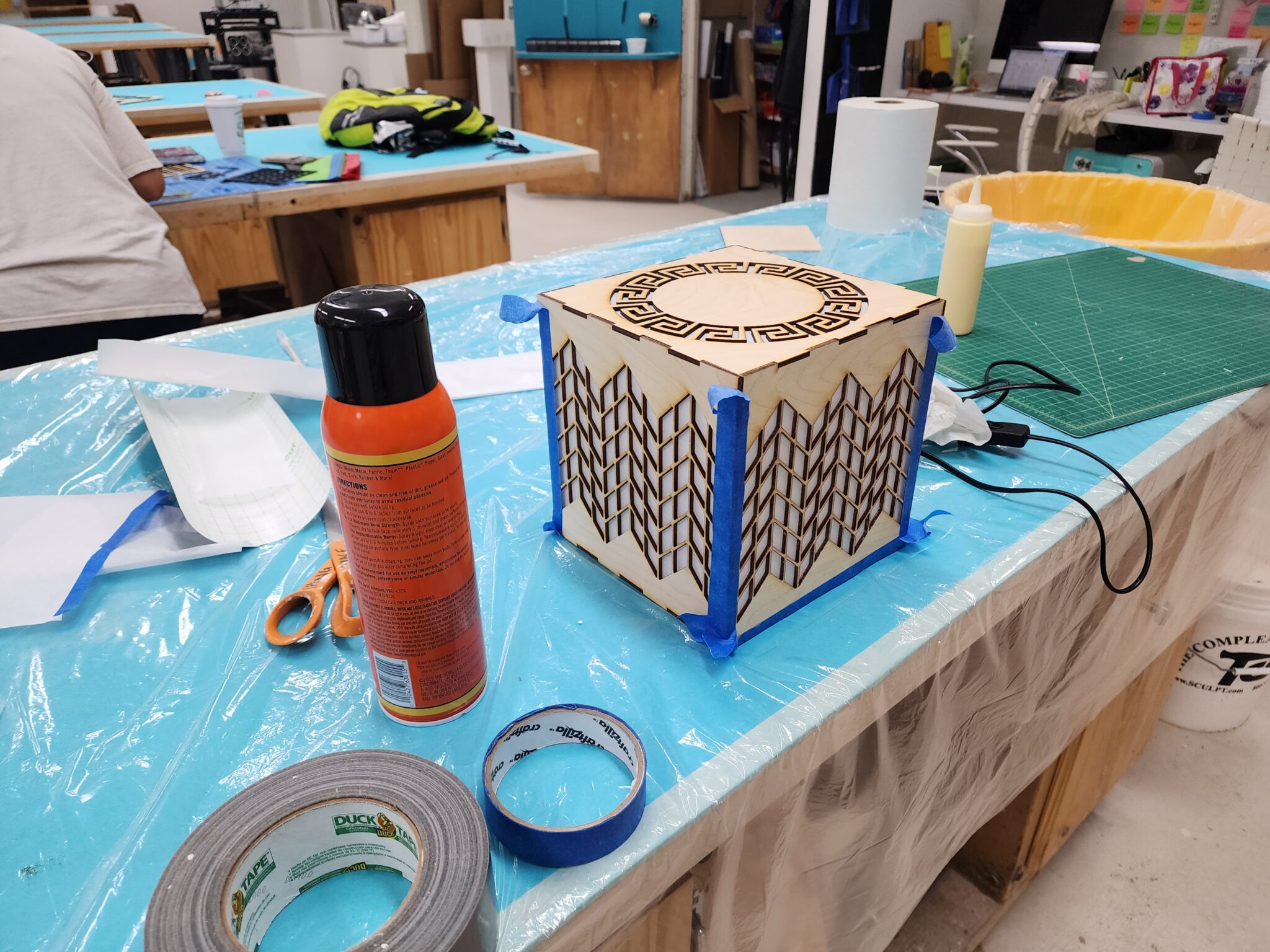
Magin and Kelly were friendly and helpful in the Thingspace. I appreciate learning to use Adobe Illustrator a bit better, and learning to use the laser printing machine, as well as the vinyl cutter.
I used a lightbulb holder ($9 Amazon) and a WiZ LED Lightbulb (E27) to illuminate the lantern. Light is diffused through five sheets of stabilizer material.
Reflecting on TurtleArt design
Looking at the lamp at 45°, the otherwise straight (I think) lines distort to look crooked. I like this effect, but upon redesign I would take this into consideration (as I originally planned!) and control for parallelogram (variable) size.
Another potential design modification would be making a rectangular design with flush edges, meaning cutting out the would-be cut-off parallelograms.
